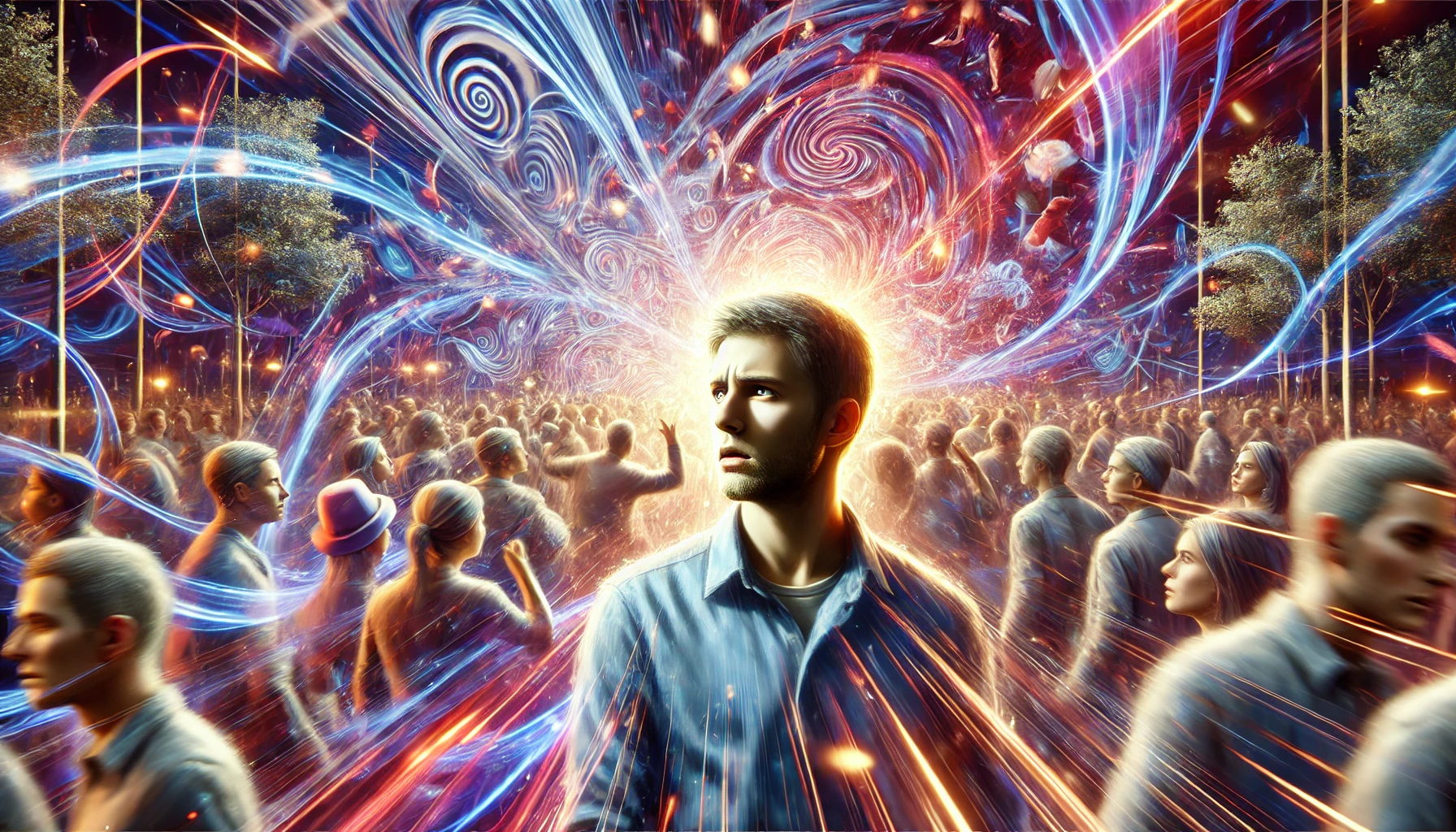Check out this answer from Consensus:
Déjà vu remains a captivating subject of study due to its complex interplay between memory, perception, and neural processes. While significant progress has been made in understanding its underlying mechanisms, further research is needed to fully elucidate this enigmatic cognitive phenomenon. Understanding déjà vu not only sheds light on the workings of human memory but also provides insights into the broader functioning of the brain.
Déjà vu, a French term meaning “already seen,” is a fascinating and often perplexing phenomenon where an individual feels an overwhelming sense of familiarity with a situation that is objectively new. This experience is common, with about 60% of the population reporting having experienced it at least once in their lives1 7. Despite its prevalence, the exact mechanisms and causes of déjà vu remain elusive, making it a subject of significant interest in both psychological and neurological research.
The Nature of Déjà Vu
Déjà vu is characterized by a strong sensation that a current experience has been lived through before, despite knowing that this is not possible. This cognitive illusion can be unsettling and is often described in literature and media as a mystical or supernatural event3. However, scientific investigations suggest that déjà vu is a normal part of human cognition, particularly related to memory processes.
Theories and Explanations
Several theories have been proposed to explain the déjà vu phenomenon, which can be broadly categorized into four main types:
1. Dual Processing
This theory suggests that déjà vu occurs when two cognitive processes that usually operate in synchrony become momentarily out of sync. This desynchronization can create the illusion of familiarity1 7.
2. Neurological Explanations
Neurological theories propose that déjà vu may result from a brief disruption in neural transmission. For instance, a slight delay in the transmission of information between different pathways in the brain can lead to the sensation of having experienced the event before2 7. This is supported by the higher frequency of déjà vu in individuals with temporal lobe epilepsy and other neurological conditions6 7.
3. Memory-Based Theories
Memory theories suggest that déjà vu is related to implicit memory, where a current situation triggers a sense of familiarity because it resembles a past experience that is not consciously recalled. This can happen when the brain retrieves a memory without the context, leading to a feeling of familiarity without explicit recollection2 4 8.
4. Attentional Theories
Attentional theories posit that déjà vu occurs when a person initially perceives a situation without full attention and then reprocesses it with full attention. The initial, unattended perception creates a subconscious memory, which, when re-encountered, feels familiar1 7.
Déjà Vu and Anxiety
Research has indicated a link between high levels of anxiety and the frequency and intensity of déjà vu experiences. Individuals with clinical anxiety report experiencing déjà vu more frequently and with greater distress compared to those without anxiety6. This suggests that emotional states can influence the occurrence and perception of déjà vu.
Persistent Déjà Vu
While déjà vu is typically a fleeting experience, some individuals suffer from persistent déjà vu, where the sensation of familiarity is continuous and pervasive. This condition is often associated with significant memory problems and can severely impact daily life. Persistent déjà vu is more common in individuals with neurological disorders such as schizophrenia and temporal lobe epilepsy7.
